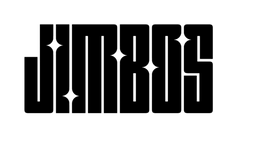Ceramic Spray vs Wax – Which Beads Better?
We all love that tight, round water beading—but which gives the better look: ceramic spray or traditional wax?
This post puts ceramic sprays and wax head-to-head in a real-world water beading showdown—and explains why one outperforms the other in durability, slickness, and shine.
What Makes Water Bead?
Water beading is caused by surface tension. The higher the surface tension, the tighter and rounder the beads look. That’s why freshly waxed or coated cars have those satisfying water beads that roll off easily.
But not all protection creates the same beading—or lasts the same amount of time.
Ceramic Spray vs Wax – Water Beading Test
🧪 Test Setup:
- Panel A: Coated with high-quality carnauba paste wax
- Panel B: Coated with Tough As Shell
- Panels exposed to weekly washes, sun, and road grime for 8 weeks
📊 Results:
- Week 1: Both bead well, but ceramic spray has tighter, more uniform beads
- Week 4: Wax is showing larger, flatter beads—less protection
- Week 8: Ceramic spray still beads impressively, wax nearly gone
Why Ceramic Spray Wins Long-Term
- Higher surface tension = tighter beading
- More chemical resistance (against soaps and road film)
- Easier maintenance—less dirt sticks to the surface
Gloss Boss takes it even further, giving years of protection with elite-level hydrophobics.
So, Is Wax Useless?
No—wax still gives a warm glow and can work great as a sacrificial layer. But for daily drivers and long-term durability, ceramic sprays win the water beading battle every time.
More Protection & Beading Guides
- Does Ceramic Spray Really Protect Car Paint?
- Will Dish Soap Strip Wax?
- Can You Layer Ceramic Coatings and Sprays?
Better Beading Starts Here
Tough As Shell and Gloss Boss give you the tightest, longest-lasting water beads—without the fading or buildup of old-school waxes.



